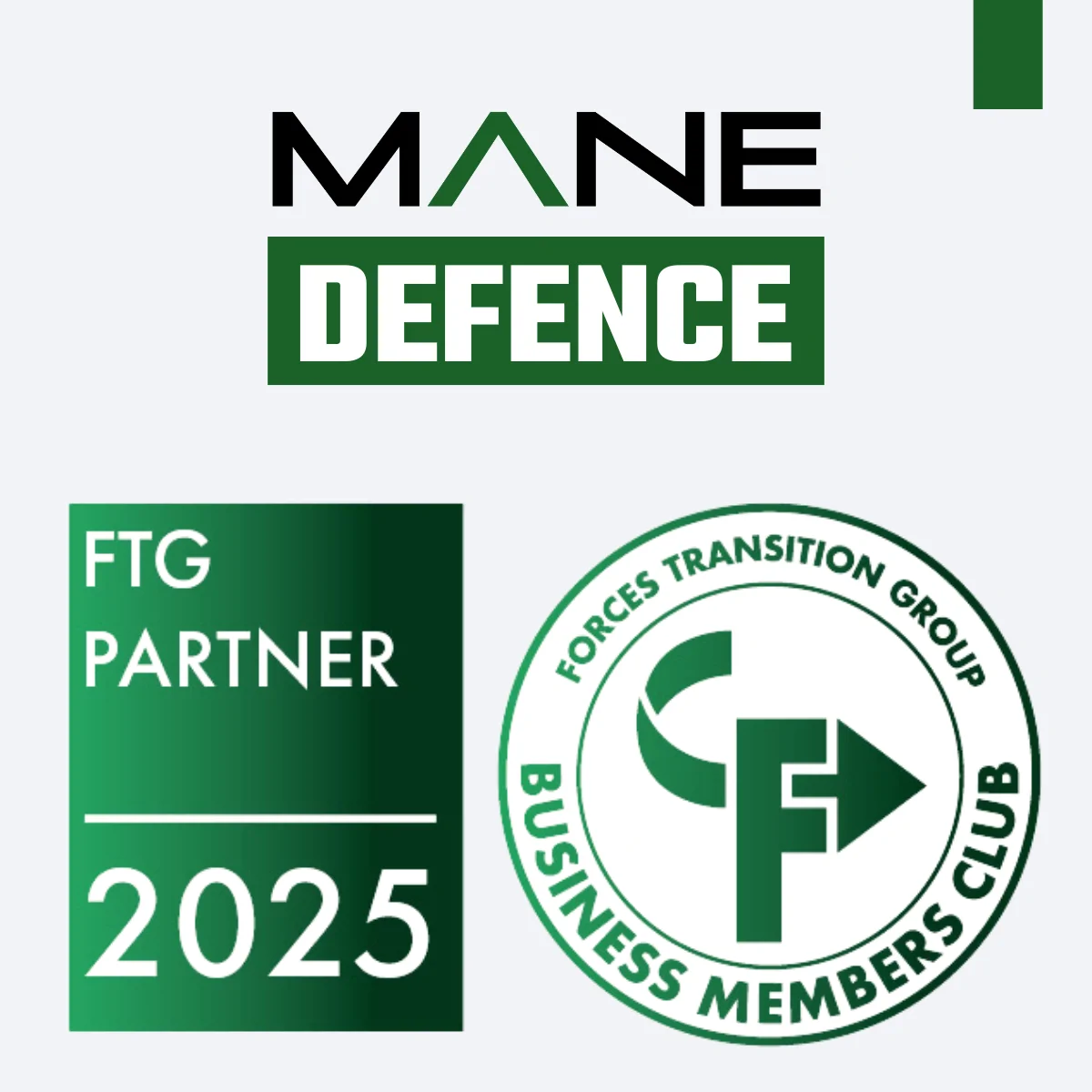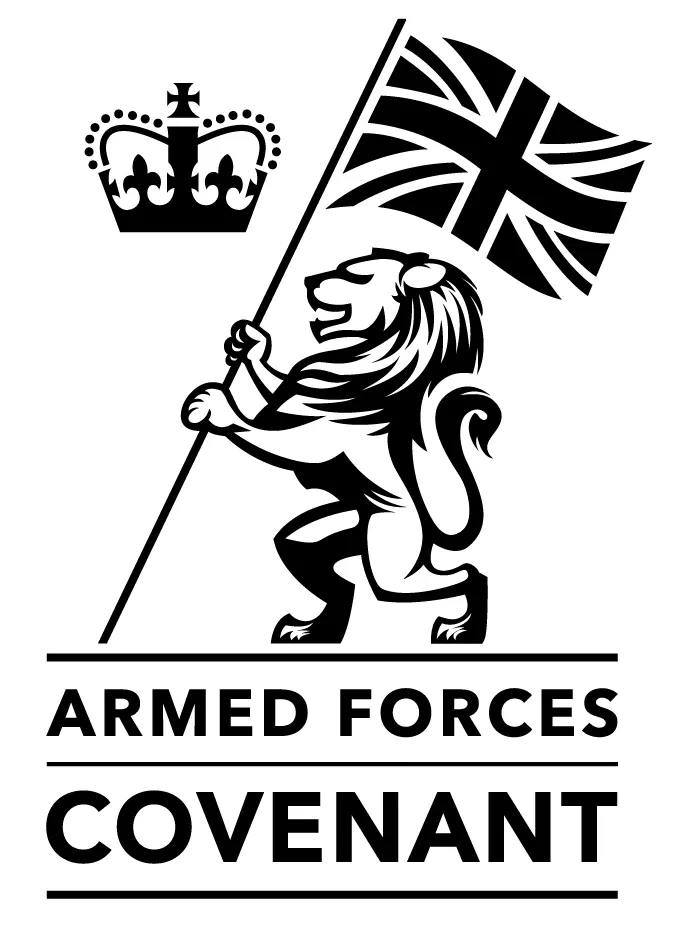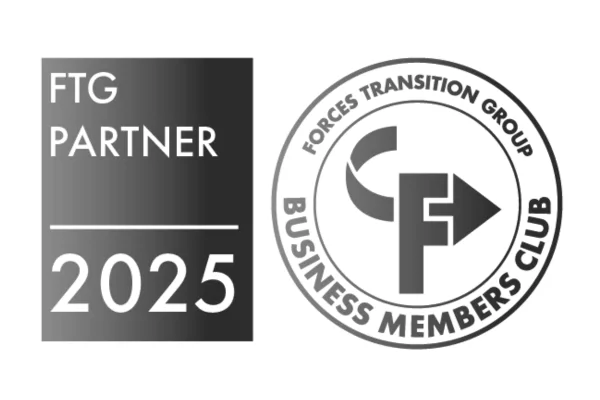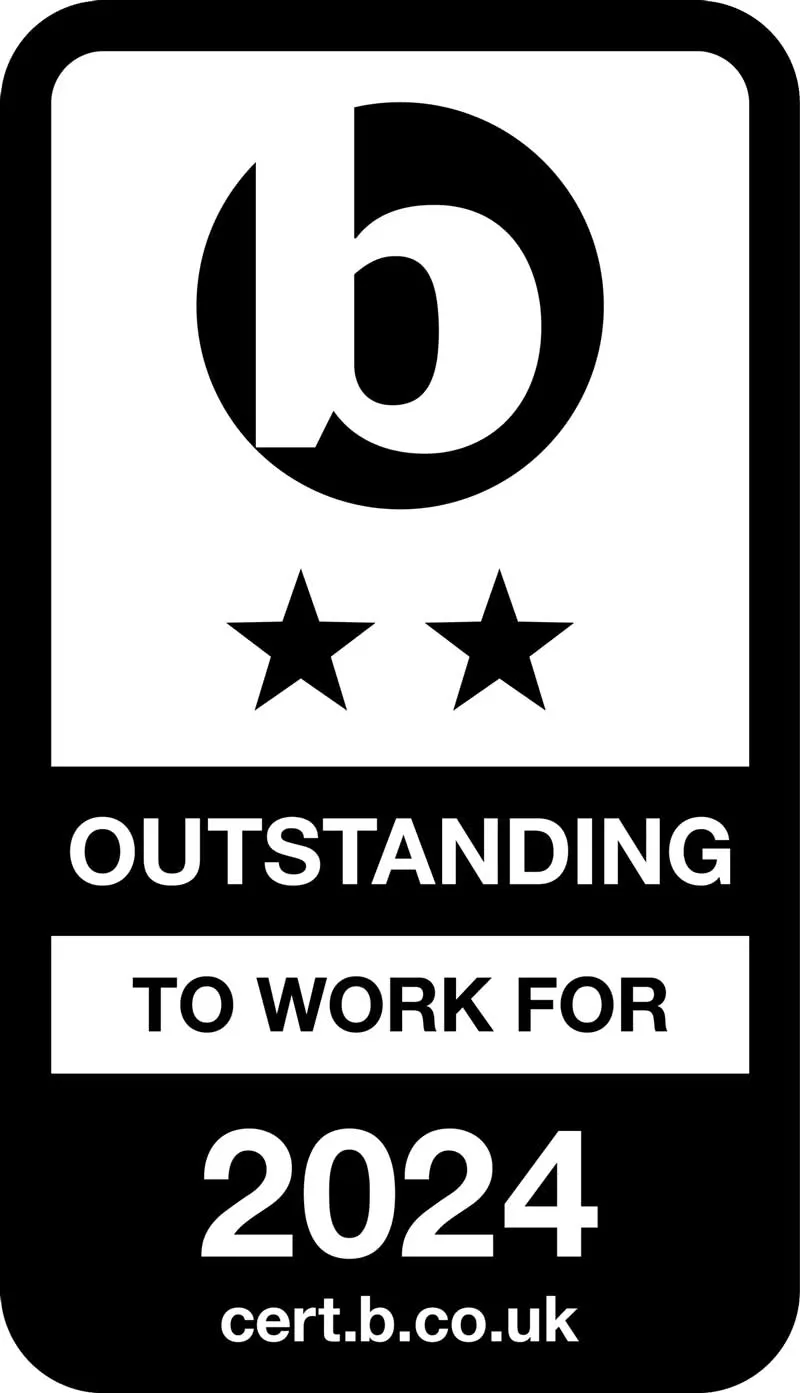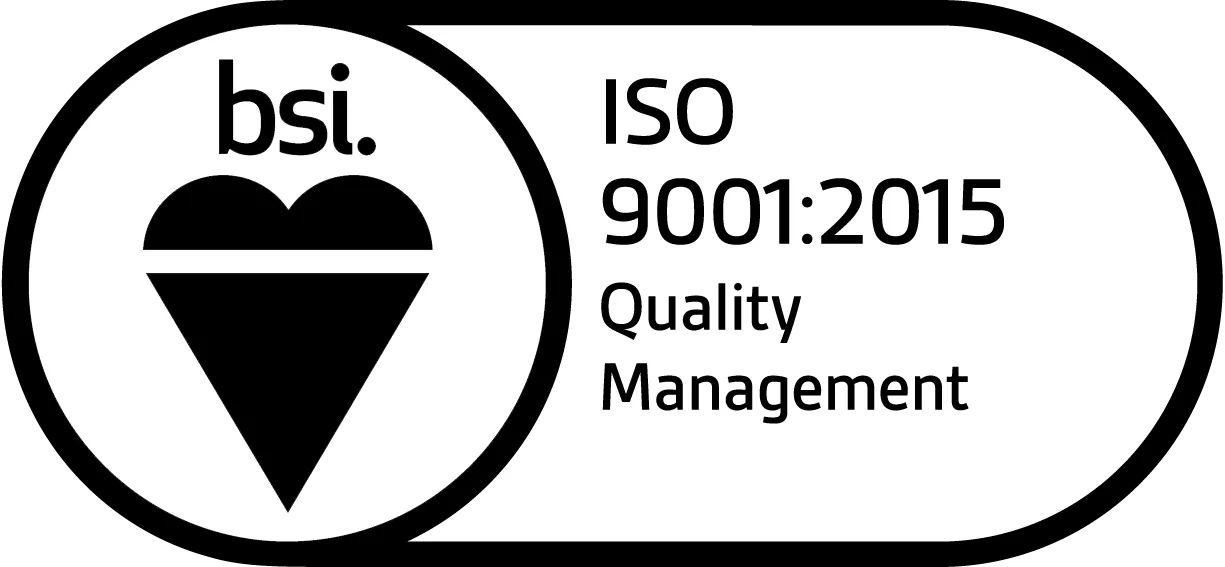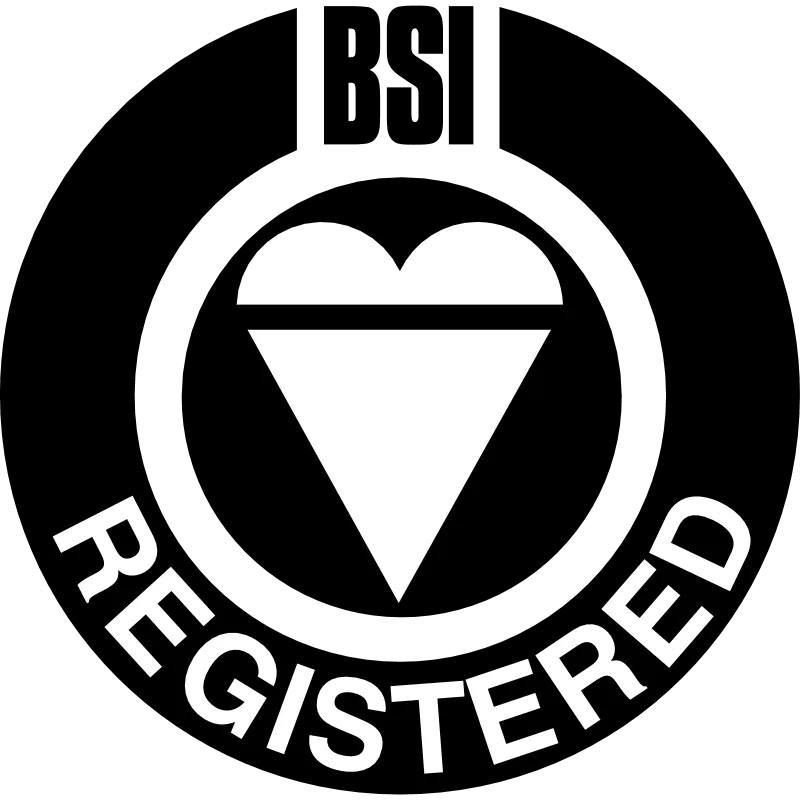DEFENCE
Land | Sea | Air | Space | Cyber
#WEAREDEFENCE
What we do, we do with passion and integrity
We support our Clients and our Candidates to match the right talent, to the right opportunity, at the right time.
Contract or Permanent recruitment across Land, Sea and Air domains, we put the same energy and passion into what we do. We work collaboratively with our Candidates and our Clients, striving for a true partnership.
Jobs
CREATING OPPORTUNITIES FOR A BETTER TOMORROW
Portfolio of service offering
#WEAREDEFENCE
ARMED FORCES COVENANT
At Mane, we have a proud tradition of working with the UK Armed Forces and have been a signatory of the Armed Forces Covenant for some time now. In February 2019, MANE were awarded the Bronze Award by the Employment Recognition Scheme and we are now pursuing the Silver Award!
The covenant applauds employers who actively support the Armed Forces community in their workplace and encourages others to follow their lead. We support the Armed Forces community in a number of ways, designed to better the quality of life for our contractors, candidates, clients, our own people and their families. Through core areas both for hiring into our business, but more importantly for hiring into the industry:
- Strong policies to support Reservists
- Positive recruitment of ex-military personnel
- Attend recruitment fairs for ex-military personnel
- Helping military families
- Support for Armed Forces charities
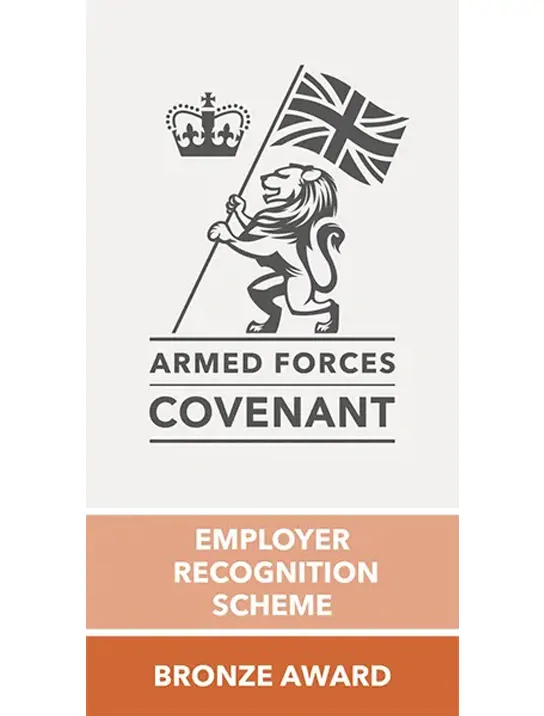
Forces Transition Group
Mane Contract Services has joined the Forces Transition Group's initiative to support military personnel transitioning to civilian careers. As a specialist recruitment agency, Mane will connect with service leavers through FTG's monthly online job fairs and transition support services, offering guidance and placement opportunities as they move into civilian employment. This partnership strengthens FTG's mission to ensure service personnel can transition smoothly from military life to 'civvy street'. For employers, Mane's involvement provides access to a highly skilled talent pool of service leavers who bring exceptional discipline, leadership capabilities and proven technical expertise, along with core military values of integrity, commitment and adaptability.
